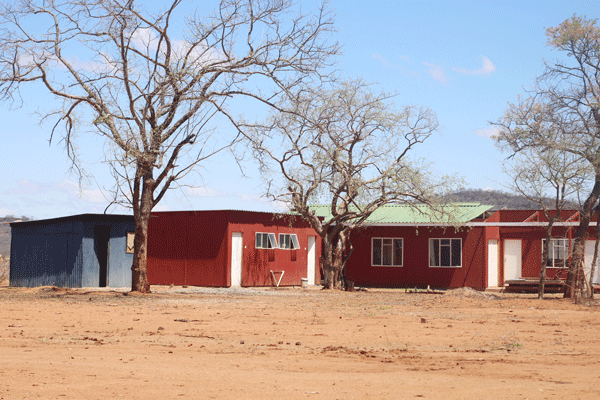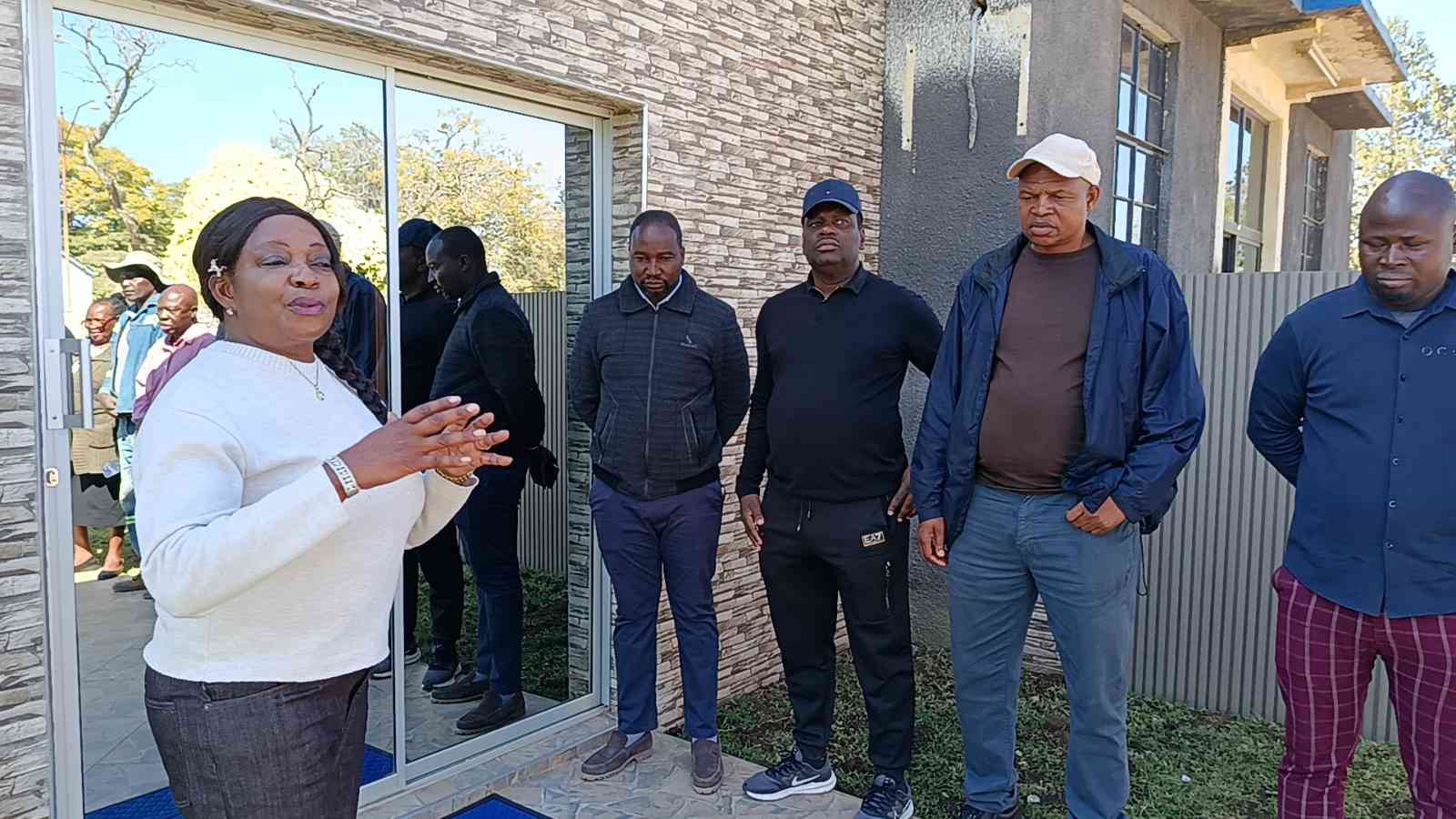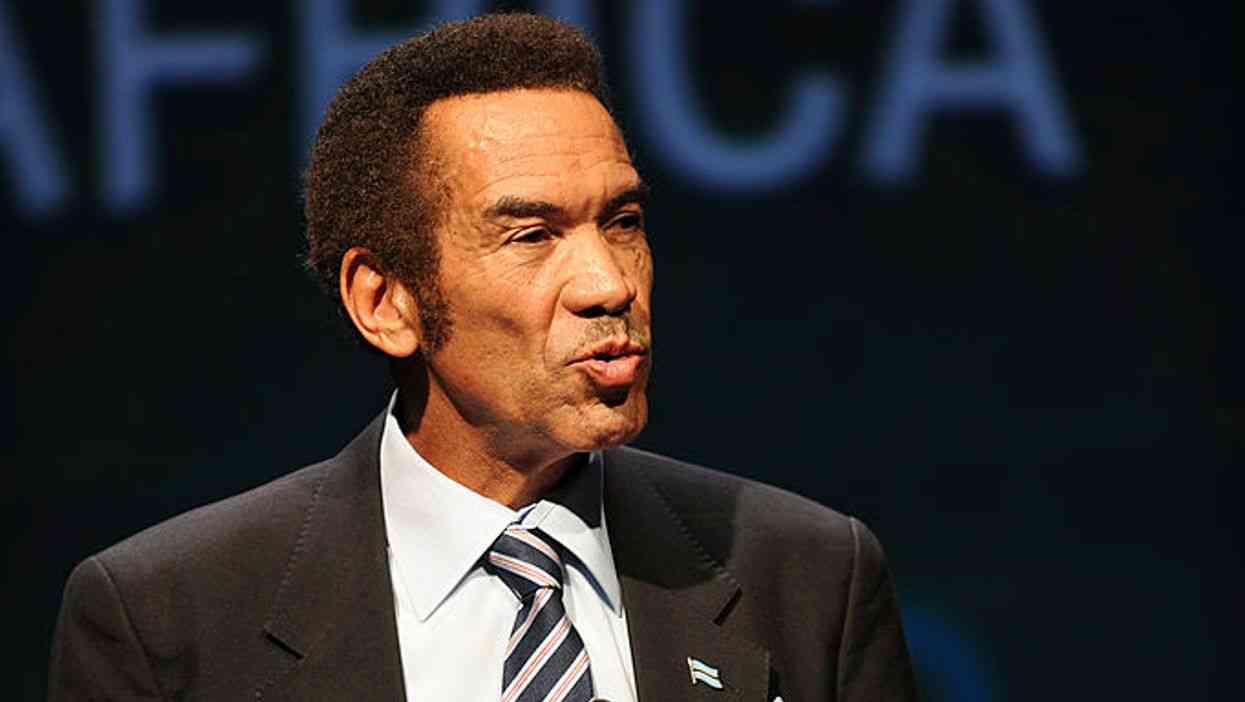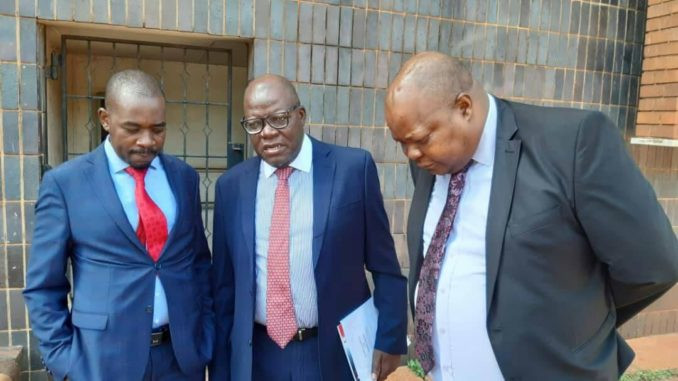
environment:with Kennedy Nyavaya
Women and children — mostly girls — carry bundles on top of their heads while men either push wheelbarrows or sit inside donkey-drawn carts loaded with firewood as they pass through a fenced piece of land on the outskirts of Gwanda town in Matabeleland South province.
Throughout the day, a bird’s eye view into the 260 hectares, from one of the nearby hills, portrays a vivid image of the grim energy situation within Spitzkop North Extension suburb — less than 500 metres away — trek through.
About 1 300 housing units in the area are still to be connected to the national power grid and with prices of the environmentally sustainable liquefied petroleum gas (LPG) shooting off the roof, wood fuel is the cheaper alternative of choice.
For Banele Tshuma (32) fetching firewood is a regular chore she cannot avoid as it is essential in cooking meals to feed her small family.
“We were late today, this should be done early in the morning before temperatures rise like this,” says the mother of two toddlers, whose eldest daughter has had to help by carrying her younger sibling on the way back home.
“Nowadays we have to walk longer distances to get firewood, but we have no choice since it is what we use to cook or warm bathing water for our children.”

Had the land she stands on been fully utilised for the intended purpose — building of a 100-megawatt solar farm — they were told the blistering sun she grumbles about would have been converted into solar energy and perhaps their houses would be connected, relieving them of the burden of carrying logs.
- Chamisa under fire over US$120K donation
- Mavhunga puts DeMbare into Chibuku quarterfinals
- Pension funds bet on Cabora Bassa oilfields
- Councils defy govt fire tender directive
Keep Reading
But, so far the only “good thing” to have come from this space for them is a closer source of firewood albeit for a short period after the clearing of a section of trees as part of the preliminary stages of setting up an intended solar field.
That half done job, a perimeter fence, some signage and temporary premises is what has materialised since 2015 when Intratrek Zimbabwe won the Zimbabwe Power Company (ZPC) tender to start a multi-million-dollar project at the site.
Having received over US$5 million to start the first phase of the national project, the two parties have been dragging each other to court with ZPC raising corruption allegations, particularly against Intratrek CEO Wicknell Chivhayo. Chivhayo has since been cleared on most of the charges.
But, the nasty legal battles have been at the expense of development in the area and have delayed the setting-up of a station that could ease the country’s acute power shortages.
Over the past year, Zimbabwe endured horrible power shortages leading to power cuts lasting up to 18 hours a day and with the country still not out of the woods when it comes to energy availability, there have been calls to speed renewable energy projects like solar fields to harness the idle potential.
With over 300 days of sun annually, solar energy has become a significant part of the clean energy transition conversation in the country.
Currently the country is largely dependent on thermal energy following subdued electricity generation from the major hydro station in Kariba as a result of successive droughts over the years.
According to Intratrek’s representatives, the project would have been producing power by now had it not been for the legal scuffles. However, that is still questionable as they were given six months to set-up and start channelling 10MW by end of year and finish off by 2022, but work is yet to begin.

“We want to reiterate that according to our plans, we would be able to add our first 10 megawatts of energy onto the grid in six months as directed by the minister,” the company’s board chairman Wilson Manase told NewsDay in June.
With at least four months having elapsed already, eyebrows have been raised over the seriousness of the project. Not only are the interrogations revolving on whether there has been corruption, but what has government done in terms of accountability and ensuring that initially set timeframes are being followed.
Gwanda Residents Trust representative Bekezela Maduma Fuzwayo said the project had become “a white elephant” in the eyes of locals.
“People have nothing to do with that thing and so they do not identify with it. They just do not know where the electricity will go, in their minds this is another case where people come to use their resources to benefit other places,” he said.
In fact, he says, before the parliamentary committee came to assess progress some two years ago, many residents were in the dark about what was being built there.
“At some point people thought this was the space for the local university while others believed it to be making way for our stadium, we were not consulted or informed prior to the establishment of the project,” said Fuzwayo.
“As it is, people have no sense of ownership of the project because even during the clearing of the land and setting up of the fence, all the labour was imported.”
An inquiry into what has stalled the project exposes a host of unfulfilled promises from both ends and somewhat murky paperwork involved over half a decade.
The failure of the project to take off comes at a time the nation has been struggling to get the majority of citizens connected to the grid, with over 60% of the country’s population, largely based in rural areas, said not to have access to electricity.
This has seen many resort to unclean sources like wood and charcoal for cooking and heating resulting in more than 330 000 hectares of trees reportedly being lost across the country annually and leaving forest cover at a dreadful 45%.
All these factors contribute to global warming and in recent years Zimbabwe has felt the crippling effects of resultant climatic changes as incessant droughts, floods and heat waves are becoming a common feature.
However, the discussion of an energy transition has more to do with everyday life than just mitigating against climate change for the ordinary young person.
For youths in Gwanda, the solar project would have meant green jobs and an enabling environment to undertake developmental projects, said Community Youth Development Trust programme officer Shelton Maphosa
“Local youths know about this project and had their hopes high, they thought the project was going to be a major source of employment and go a long way towards improving the lives of the youths in Gwanda, however, the hopes are slowly diminishing,” Maphosa said.
“Now the youths feel that the project had nothing to do with bettering the community, but it was just money-making scheme for the elite, a white elephant project meant to siphon money out of state coffers to benefit the politically connected.”
With other renewable energy mini-grids set up by independent power producers already benefiting underprivileged constituents across the country, it remains to be seen when the 100MW will materialise to serve both the immediate community and the nation at large.
*This story is the first instalment of a series titled “How a botched energy transition is working against climate change-prone Zimbabwe”, a project being supported by Africa 21.










